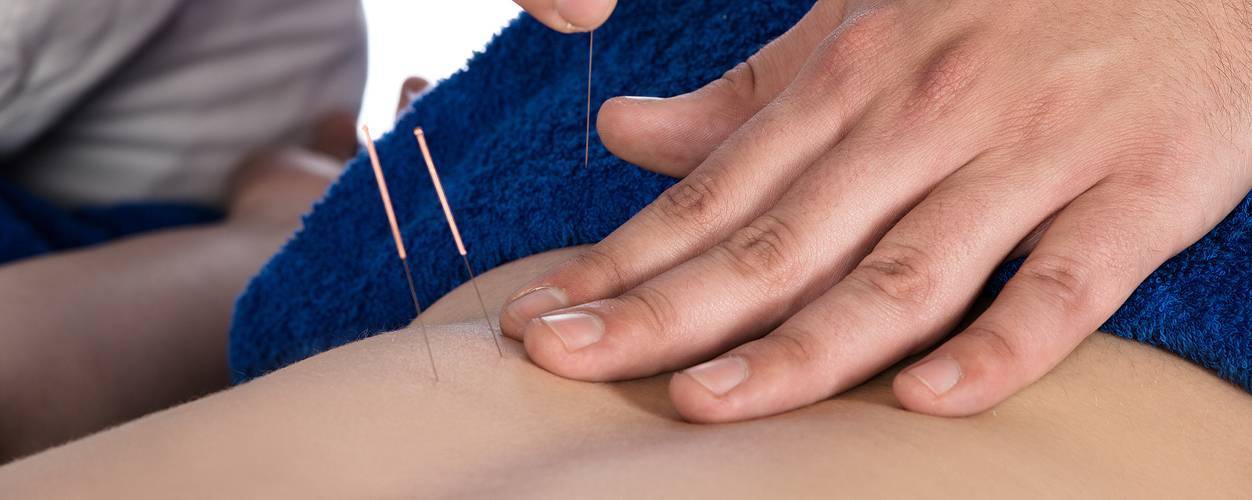How Does Dry Needling Therapy Work?
Dry needling is a non-drug, minimally invasive technique that promotes healing after injury, increases mobility and reduces pain. It utilizes fine needles to target muscle trigger points which may cause discomfort or limit movement. Physical therapists, acupuncturists and chiropractors commonly employ dry needling as part of their treatments for musculoskeletal issues. They often combine it with a comprehensive physical therapy program to expedite recovery and retrain muscles so as not to trigger future trigger points.
What is a trigger point?
Dry needling is a technique that uses a fine needle to release tight or painful muscles and tendons. It’s an effective, non-invasive treatment to target the source of discomfort in order to improve function and reduce symptoms.
Trigger points are hyperirritable knots of muscle fibres within a specific muscle group that can cause localized or referred pain to another part of the body (referred pain). They restrict motion by keeping muscles contracted, preventing them from relaxing and producing power, as well as restricting range of motion.
Dry needling is a technique in which a physical therapist inserts a needle into a trigger point, stimulating the muscle tissue. This loosens the trigger point, improves blood flow to it, and can alleviate pain. To learn more about dry needling, visit our dry needling page.
How does dry needling work?
Dry needling therapy is a modern solution to muscle pain. It involves having your physical therapist insert several filiform needles that penetrate the skin without injecting any fluids.
During a session, your practitioner inserts needles into the affected area at various depths and for various amounts of time. Generally, this causes little discomfort as the needles are so thin and sharp.
Needles penetrate through trigger points or myofascial trigger points, knotted areas in muscle fibers that cause pain and other symptoms. They stimulate tissue healing by improving blood flow and decreasing inflammation while stimulating natural pain relievers to come into effect.
Dry needling is a non-surgical, drug-free treatment for myofascial pain and chronic musculoskeletal problems that is usually part of a larger pain management program that also includes manual therapy and exercise.
What are the benefits of dry needling?
Dry needling’s primary benefit is relieving trigger points, or knots in muscles that can cause pain. When these knots aren’t removed, they may continue to create discomfort elsewhere on the body through myofascial chain reactions.
Dry needling therapy involves inserting filiform needles into muscle tissue to elicit a local twitch response, which feels like a muscle twitch. This sensation helps release tension and allow muscles to retrain their movement patterns.
This therapy is often employed to assist athletes in improving their performance by loosening tight muscles that might be restricting their movements. The end result is a more fluid and complete range of motion.
Dry needling has been scientifically proven to be a safe and effective treatment for muscle pain or injury. However, it should not be used as an isolated remedy; rather, it should be part of an integrated physical therapy approach that includes other traditional physical therapy techniques.
What are the risks of dry needling?
Dry needling therapy is a physical therapist’s technique of inserting a thin needle into trigger points to reduce pain and increase movement. It works by increasing blood flow to these trigger points, loosening muscles, and improving nerve communication.
Additionally, exercise stimulates nerve responses and releases natural pain-relieving chemicals in your body that reduce the perception of discomfort.
However, as with any form of treatment, there are potential risks. These include infections which are extremely rare but could occur if your physiotherapist isn’t properly trained and certified in dry needling.
Another potential risk is pneumothorax, or a collapsed lung. Although rare, this can happen when your therapist inserts needles into muscles close to vital organs and blood vessels.
At Denver Physical Medicine & Rehab, the benefits of dry needling treatments are likely to outweigh any potential risks. Contact us or book an appointment online to learn more about this revolutionary form of therapy and decide if it’s suitable for you!



